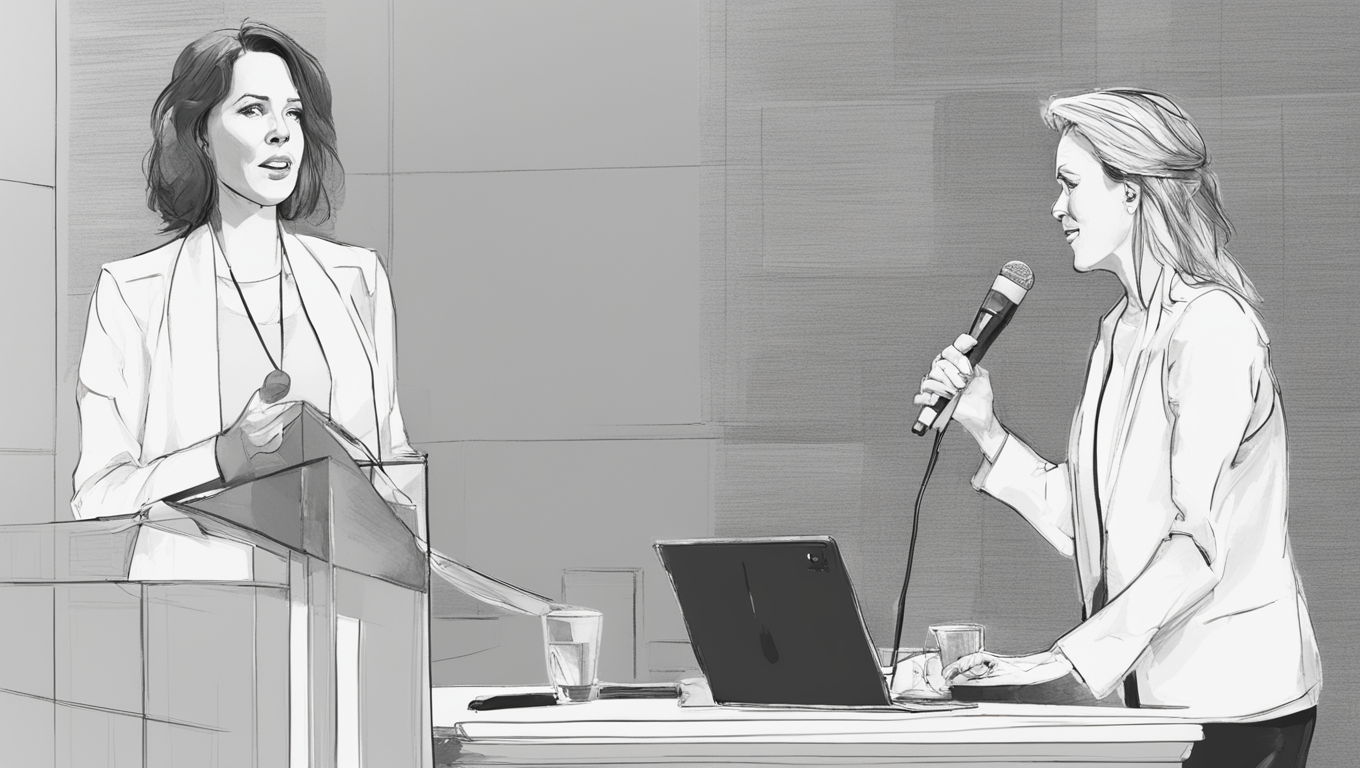The chief executive of RISC-V International, Calista Redmond, has expressed concerns about the potential impact of government restrictions on the open-source technology. In a blog post, Redmond argued that such restrictions would hinder the development of new and improved chips, hampering innovation in the global technology industry.
The call for export control restrictions on RISC-V has been made by a group of U.S. lawmakers who believe that the open-source technology, which is overseen by the RISC-V International nonprofit foundation, poses a national security risk. Companies like Qualcomm and Google have embraced RISC-V, but Chinese firms, including Huawei, also utilize the technology.
Redmond compared RISC-V to other open technology standards like Ethernet, which facilitate communication between computers on the internet. She argued that imposing restrictions on RISC-V would limit access to the global marketplace and result in incompatible solutions, duplicating efforts and closing off markets.
RISC-V has received contributions from all over the world, with equal participation from North America, Europe, and Asia. Redmond emphasized that the published standards do not provide a complete blueprint for a chip, nor do they give any party more information than what is available from proprietary chip technology firms like Arm Holdings.
The main advantage of open standards, according to Redmond, is that they allow companies to innovate more quickly and focus on creating differentiated products, rather than wasting time reinventing the wheel. She concluded her blog post by warning of the consequences of restricting open standards, stating, “Having access to open standards allows companies to innovate faster and spend their time creating differentiated products, rather than trying to reinvent the wheel.”
As the debate continues regarding potential restrictions on RISC-V, it remains to be seen how governments and industry leaders will navigate this complex issue. The outcome will have far-reaching implications for the future of technology and innovation.





Use the share button below if you liked it.